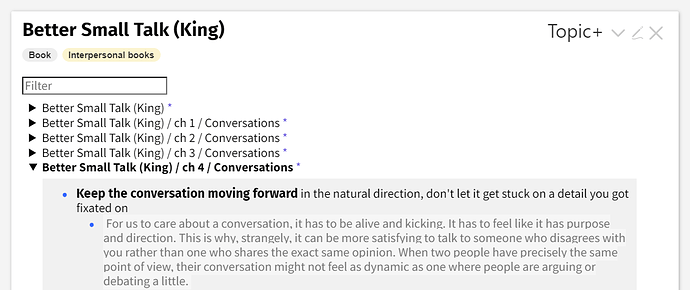 How about a different analogy: player pianos… (You’ll have to put yourself in a time warp and imagine life before decent recorded music. Try to imagine a player piano with quality well-tuned strings, a quiet mechanism, variable volume — the historical player piano was never actually piano (pianoforte) , always forte — and some other magic mixed in.)
How about a different analogy: player pianos… (You’ll have to put yourself in a time warp and imagine life before decent recorded music. Try to imagine a player piano with quality well-tuned strings, a quiet mechanism, variable volume — the historical player piano was never actually piano (pianoforte) , always forte — and some other magic mixed in.)
Suppose a family wants music, but doesn’t have any skilled musicians in the home. Of course, most piano buyers aspire to play the piano for themselves, but some potential buyers are daunted by the learning curve ahead.
So the player-piano dealer has curated a range of impressive programmed pieces (encoded on scrolls) that can animate and demonstrate the piano’s full range of sounds across a range of genres. The keys move up and down with each note, and you can follow the pattern with your fingers to begin to understand the movements required to play the piano. Maybe you’ll get a private lesson or two, or maybe you won’t need any. Anyway, there’s no rush to learn, since you’ve got professional-quality music all queued up. The scrolls serve as a tutorial, and also as a satisfying source of virtuoso-level room-filling music. Amazing!
What we’re doing here is like an open-source not-for-profit / largely-volunteer version of making scrolls for magical player pianos. We want some simple jazz, some beginner-level Bach, some Chopin, some Satie, some ragtime. Beginners can learn by following along with a beautiful example, but the full power of the piano for original expression is always under their fingertips.
(Of course, some of our scrolls transform the quality of the sound entirely, and the scrolls themselves can readily be cloned and modified to reflect the player’s preferred style, key, tempo, orchestration, what-have-you. This is a magical player-piano after all.)
 How about a different analogy:
How about a different analogy: 
